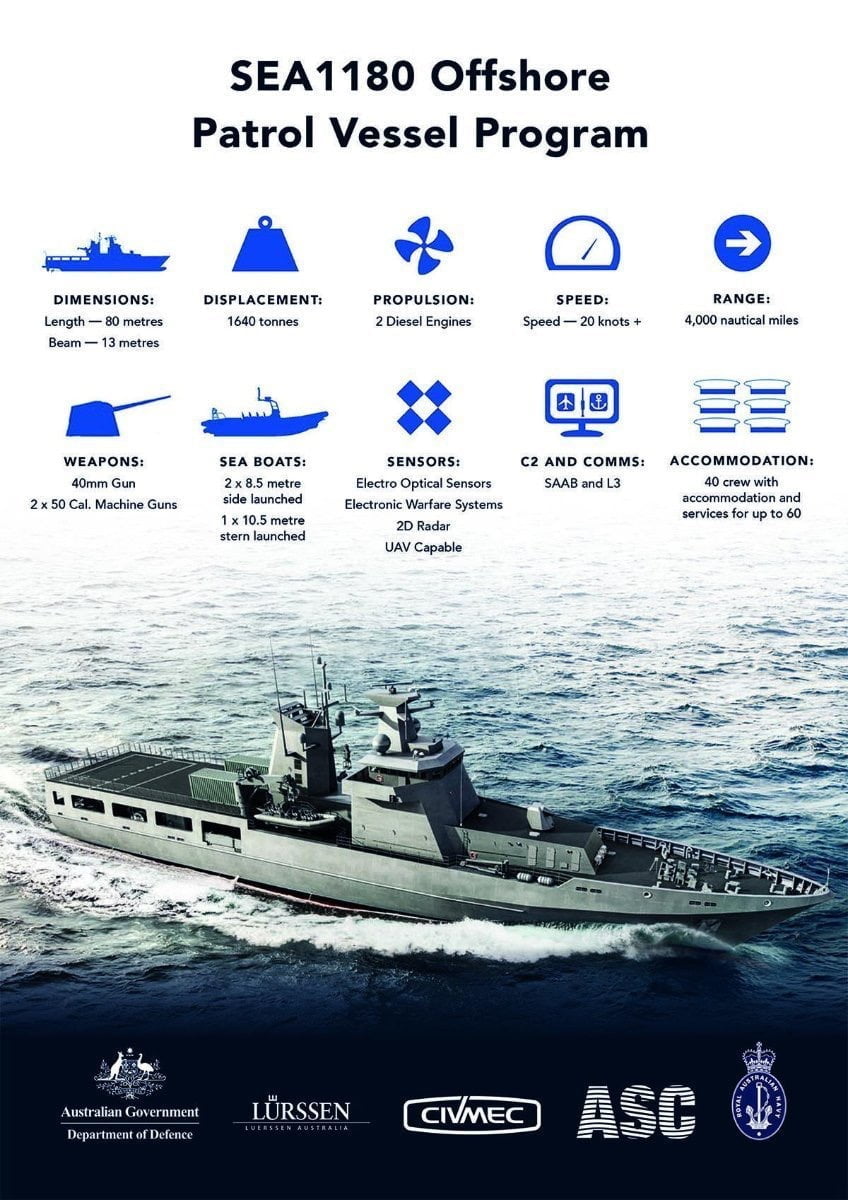By Robbin Laird
For the past few years, I have been visiting Australia to participate in and to write the reports for the bi-annual seminars held by the Williams Foundation which focus on defense transformation by the ADF in a changing strategic environment.
In the course of this work, it has become clear to me that the fundamental strategic shift facing Australian and allied forces is from the land wars being fought in uncontested air and maritime space to full spectrum crisis managing in very much contested air and maritime space.
And the key focus of trying to prevail in a full spectrum crisis management environment is building out to operate a distributed force which is integratable through evolving C2/ISR capabilities.
In my view, as the liberal democracies build new platforms there is a clear need to build these platforms in such a way that they are designed from the ground up to be able to operate as an asset for a distributed force which can be scalable, integratable and tailorable to a crisis.
I view such an effort as the new Offshore Patrol Vessel in Australia.
According to an article published on Naval Technology:
The Arafura class offshore patrol vessels (OPV) are being built for the Royal Australian Navy (RAN). The new OPVs are intended to replace the existing Armidale class and Cape class patrol boats, Huon class coastal minehunters, and Leeuwin class survey ships in service with the RAN.
The program is building a single class of ships to perform the functions of four legacy ships. This has its challenges, notably in terms of ensuring that the ships can be configured for the different missions, but the advantages of a common build of a class of ships in terms of manufacturing, sustainability and possibilities for export are obvious.
The OPVs in the class will be able to perform maritime patrol, response duties, and constabulary missions. The vessels can be customized to perform mine hunting, hydrographic survey, fisheries patrol, disaster relief, and unmanned aerial system (UAS) missions.
The Arafura class vessels will be interoperable with the fleet of Australian Border Force, Australian Defence Force units, and other regional partners to perform a range of missions.
Following the build of the first two vessels in South Australia, the next 10 vessels will be built at the new $80-million shipbuilding facility in Henderson, WA.
The OPV project is the first of the new shipbuilding projects to be built under the framework of a “continuous shipbuilding approach.”
In its evolution, it has gone from being a replacement ship to becoming a presence asset which can leverage the entire ADF and work with allied and partner nations.
In the CIVMEC description of the OPV the following is highlighted:
The primary role of the OPV will be to undertake constabulary missions, maritime patrol and response duties.
State of the art sensors as well as command and communication systems will allow the OPVs to operate alongside Australian Border Force vessels, other Australian Defence Force units and other regional partners.
This one of the rare references to this key aspect which in my view makes this the first ship in the unfolding shipbuilding series of new build in Australia ships which is being built from the group up to benefit from building out of a distributed Integratable force.
With regard to the Maritime Border Patrol, one focus clearly could be upon how one takes the C2 post in Canberra and replicates, mimics or downsizes its capabilities onboard the vessel.
I will focus in the next few weeks on the OPV program and how the Australians are addressing it as a new build Australian vessel but also one which is contributing to and leveraging the approach of the ADF to its transformation.


